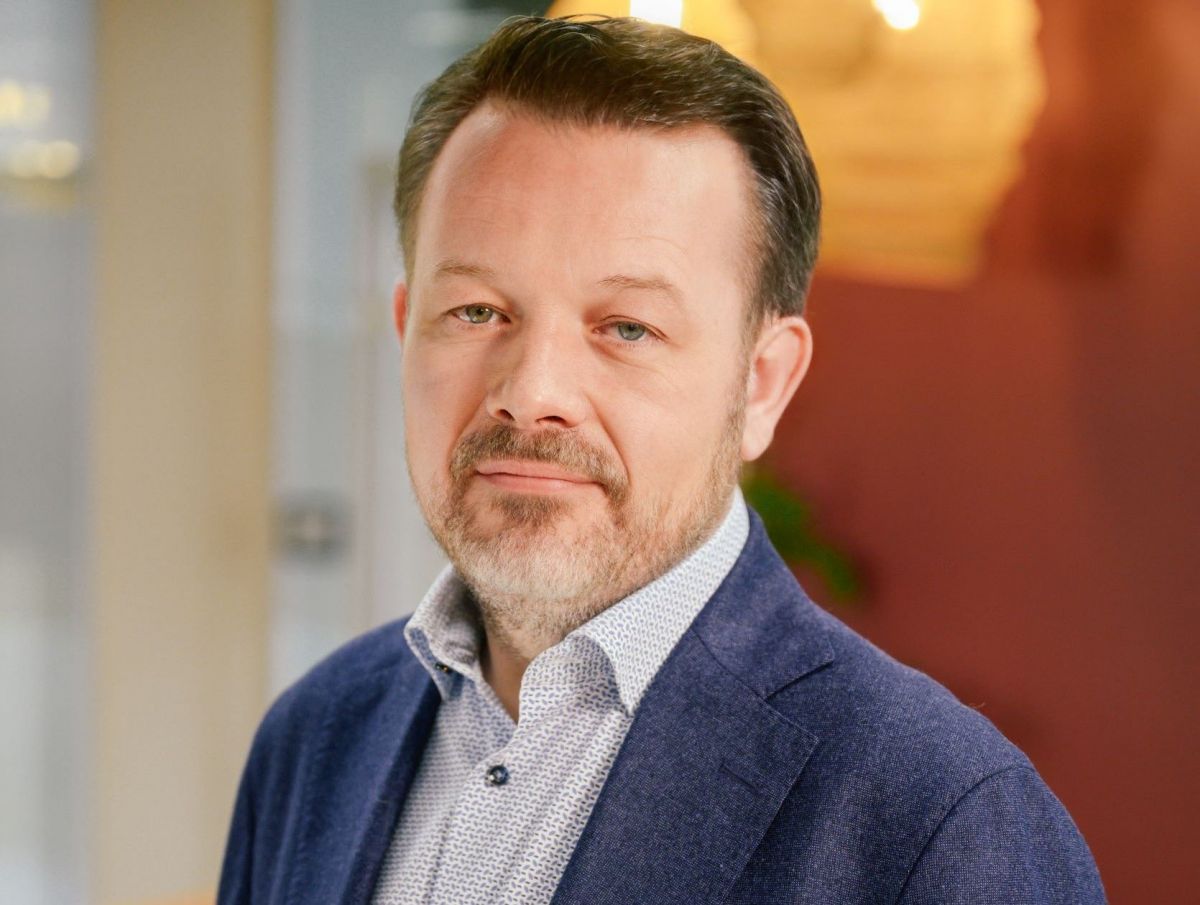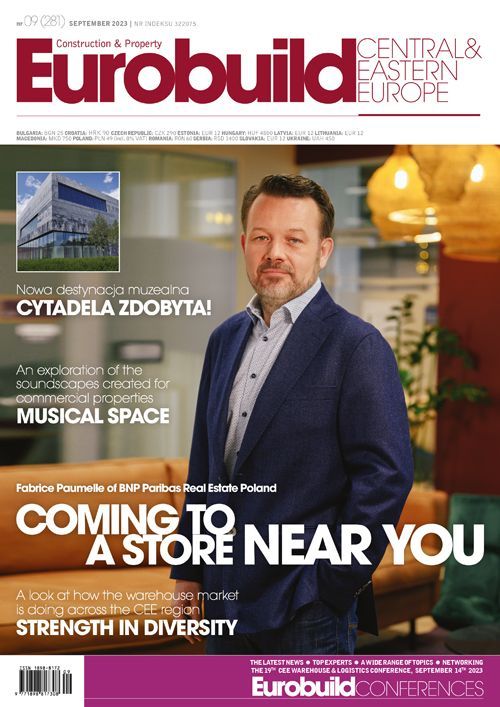This year, twelve new retail brands made their debuts in Poland – and others are set to join them by the end of the year. According to Colliers, over the whole of last year there were only twelve such market entries, with the largest splashdowns being made by German discount store Woolworth and US restaurant chain Popeyes, which specialises in Louisiana-style fast food. The latter had already gained a foothold in the CEE region, in Romania. In Poland, the chain began initially in Wrocław before opening another restaurant in Szczecin. This year it will also start serving its fried chicken fried chicken sandwiches in Warsaw. All the restaurants are opening in shopping centre food courts, where it is easy to adapt the space to the needs of the new concept. Now Popeyes is also planning to enter the Czech Republic.
Don’t discount us!
Poland is also the first foreign country that German discount store Woolworth has expanded into, with Austria being the next in line. The cha































































